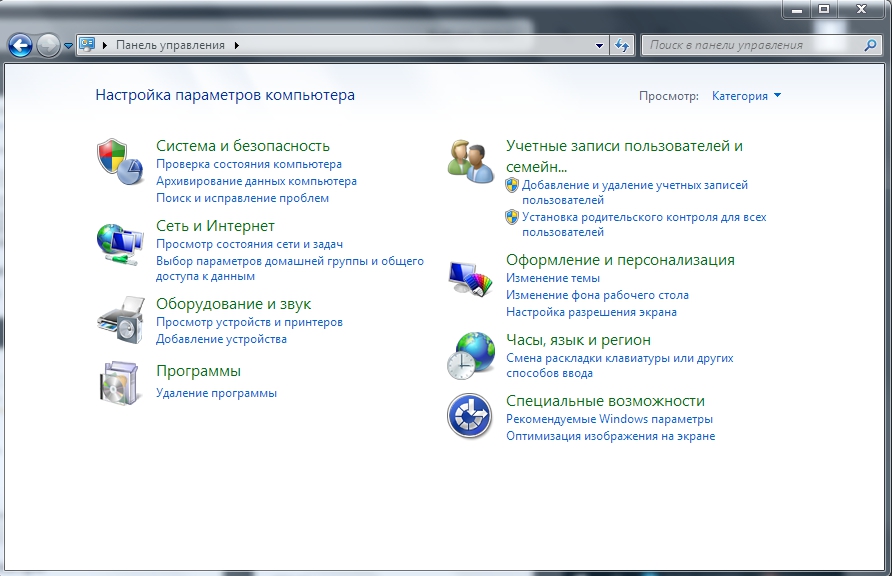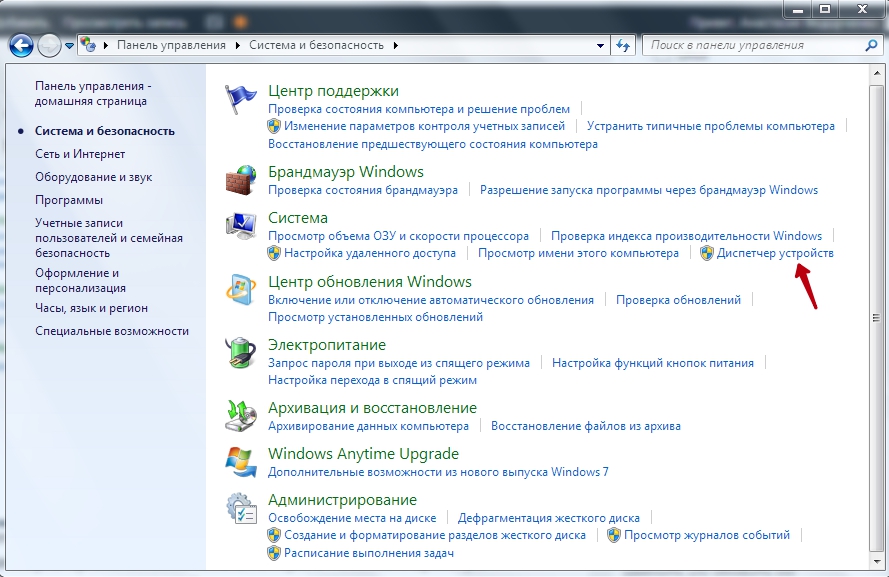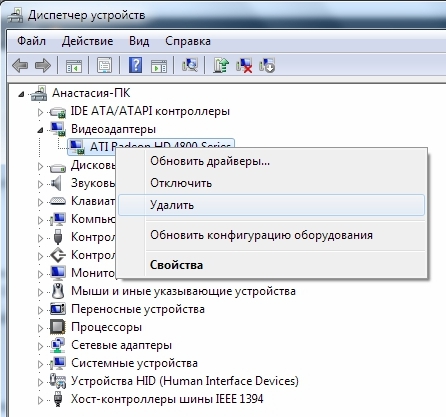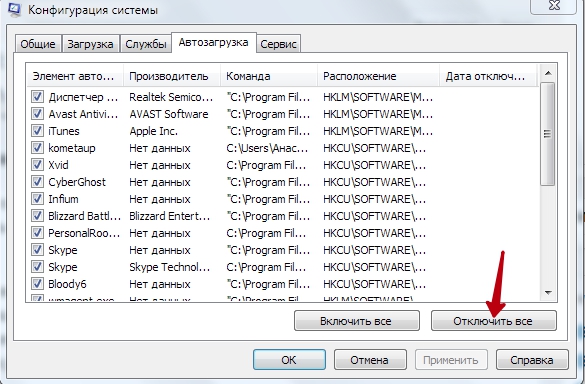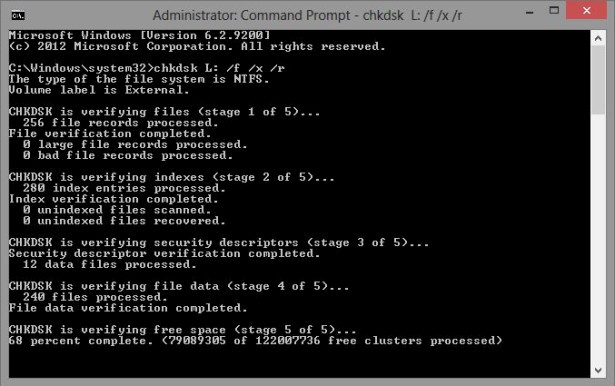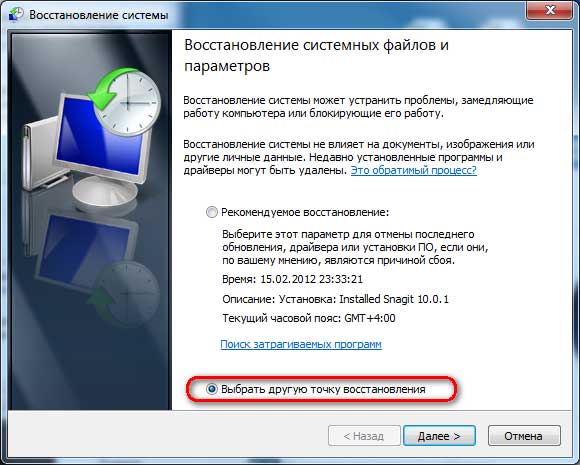Sometimes the system crashes badly (Windows 7 and above versions are especially susceptible to this error) and the screen freezes on the welcome message “Welcome”. The complexity of this situation is added by the inability to log into the account and gain access to management functions. Below are ways to fix the problem.
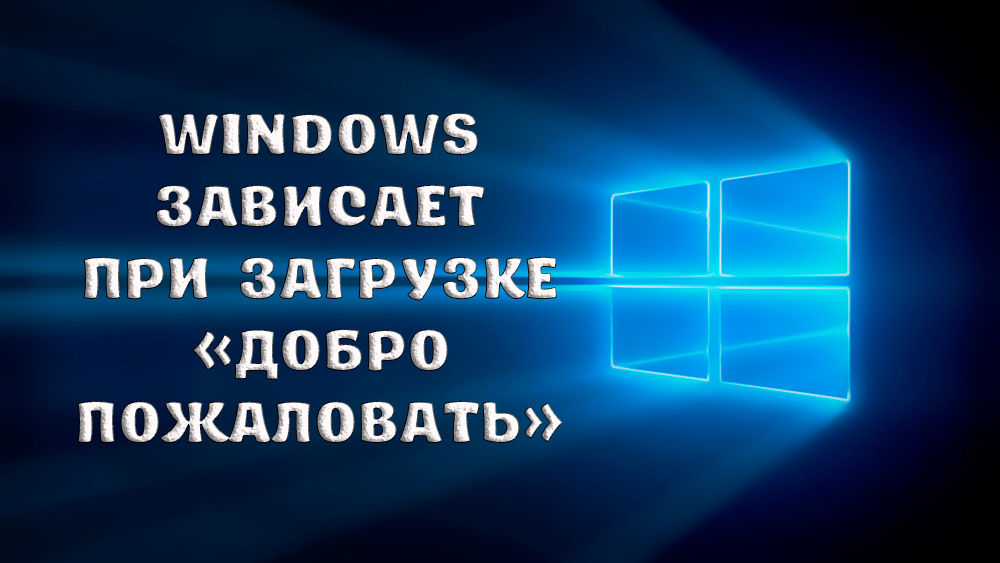
Solving problems with the Windows boot window.
Contents
Causes of the problem
There can be several reasons for the termination of the download:
- accumulation of dust on the processor heatsink;
- driver conflict;
- a large number of programs that run with the system;
- hard drive error
- damage to system files;
- malware;
- bad video card.
In order to reliably establish which case the problems of your particular system belong to, you need to open at least elementary management functions. To do this, restart the computer and, while Windows has not yet started loading, press F8 several times (depending on the type of BSVV, other keys can activate it – also try F2, Shift + F8, Del + F2). A window should appear asking you to log in in “Safe Mode” – select it and press Enter.
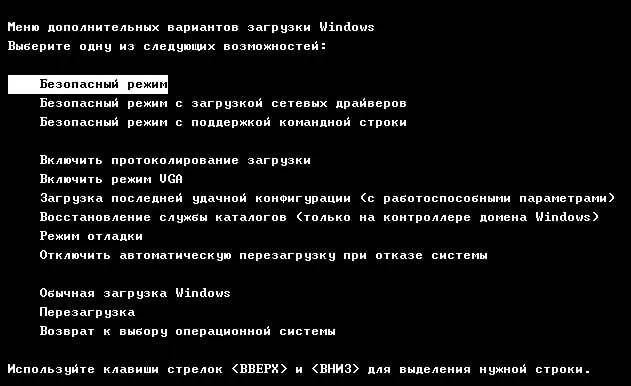
Troubleshooting
Uninstalling or reinstalling drivers
The first step is to check the drivers for compatibility with the system, because in most cases it is this circumstance that leads to the termination of the launch. The most “conflicting” drivers often turn out to be graphics card drivers, and a little less often sound drivers.
- Click “Start”, go to the “Control Panel” (in Windows 10 it is easier to find it through the “Search”).
- Select “System and Security”.
- Now open “Device Manager” – “Display Adapters”.
- Right-click on the name of the video card, select “Update Drivers”.
- Here we are interested in the proposal “Automatic search …” – we agree with it and wait until updates are detected and installed.
- After we try to enter the OS in normal mode.
If it doesn’t work, repeat the same manipulations with each device. Sometimes you have to completely remove an incompatible driver so that it does not interfere with the boot. The system in this case will replace it with an adequate analogue, but with the loss of some features.
- We return to the “Device Manager” and right-click on the device with the conflicting driver.
- Select “Properties” – “Driver” – “Delete”.
- Reboot and try to log in as usual again.
Removing programs from startup
Many programs during installation automatically get into autorun. The dissonance of one of them with the system components can cause it to freeze. To resolve the problem, you must identify the conflicting software.
- Press Win+R to bring up the Run window and type in “msconfig” (without the quotes).
- Open the “Startup” tab.
- We remove marks from all applications in the list and fix the changes.
- Restart the OS in normal mode.
If the problem is fixed, then the source of the problem was indeed hiding in the conflicting application. To find out which one, open Startup again and check the box next to the first program on the list, then check how the system starts. And do this with each program until you identify the conflicting one. If the OS still won’t boot, the next step is to check the hard drive.
Check HDD for errors
- Press Win+R.
- In the window that opens, enter “cmd”.
- Now we have the “Command Line” panel, where you need to enter “chkdsk / f” (ignore the quotes) and click Enter.
- A message will appear informing you that the check could not be completed because the disk is being used by another process, and a suggestion to start the action after a reboot. To do this, at the end of the phrase, add the letter Y, press Enter.
- Restart your computer and log in as normal.
- Now the errors will be automatically fixed, and the OS will stop loading indefinitely.
But if the HDD has received mechanical damage (for example, from a blow), this will not help – you will have to replace it.
Checking the integrity of system files
The computer and laptop also freeze due to a violation of the integrity of system files. To check if this is your case:
- Press Win+R.
- Type “cmd” in the “Run” window.
- The “Command Prompt” will open, in the field of which we drive in “sfc / scannow” (ignoring the quotes) – Enter.
Thus, we have launched diagnostics, its results will be displayed in the same window. The system will detect and fix problems on its own.
Virus check
If the computer takes a long time to boot, it may be infected with a virus. To determine if this is true or not, you need to scan all files with an antivirus application. For this:
- Find the antivirus shortcut and make sure the program is able to run in “Safe Mode”.
- Run “Computer Scan”. It is necessary to check all the files available on the HDD and flash cards.
- When infected components are found, remove them or send them to quarantine.
- Restart your computer again and log into the OS normally.
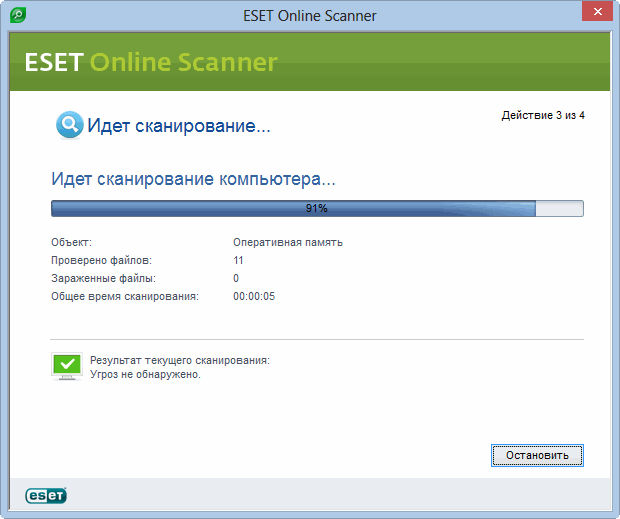
restore point
One option to get back to normal is to use a restore point.
- Open the Start menu. In the search bar, enter “System Restore” and go there.
- We press the “Next” button. A list of saved restore points opens. Select “Next” again.
- Done button.
A reboot will occur, after which the system will return to normal.
